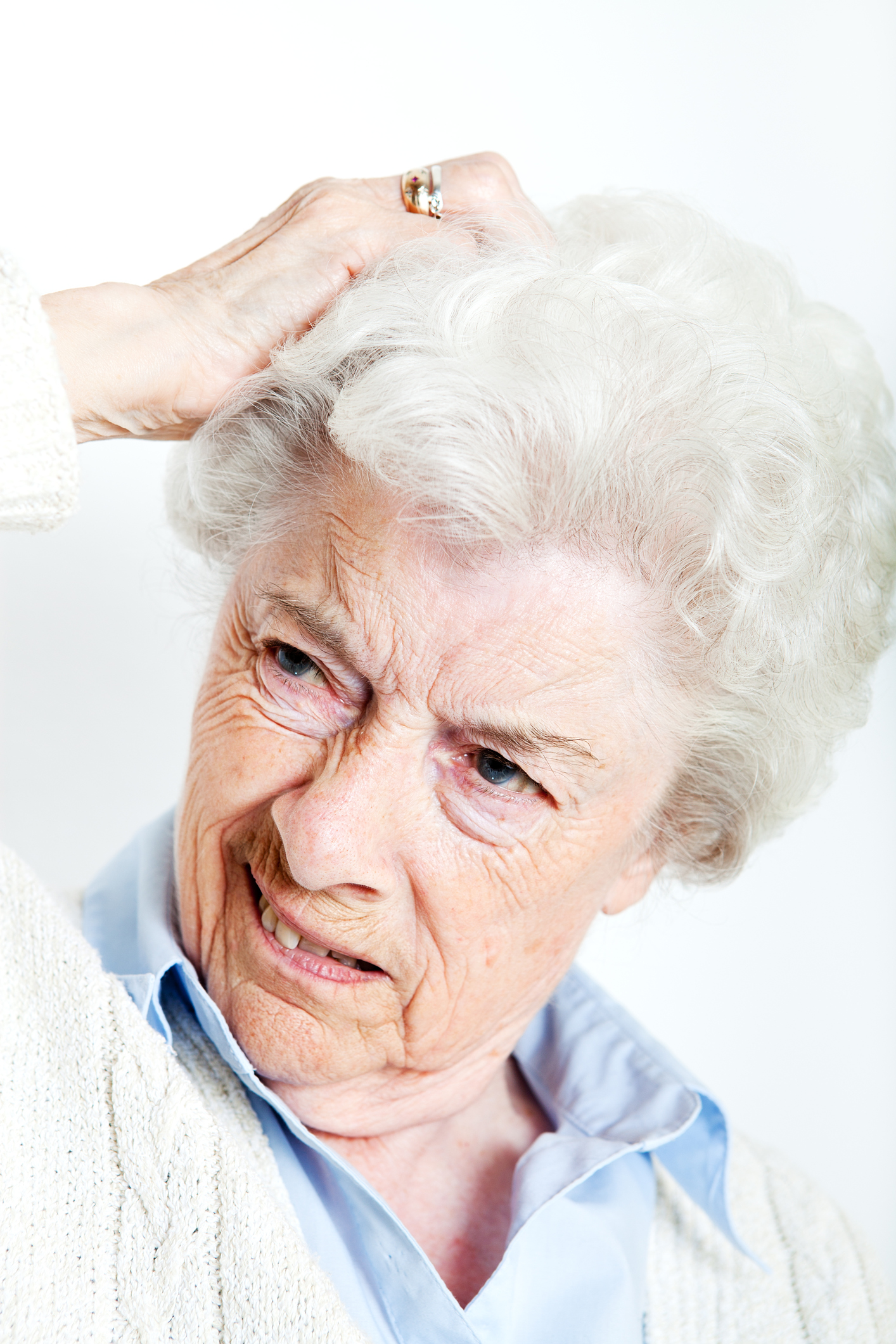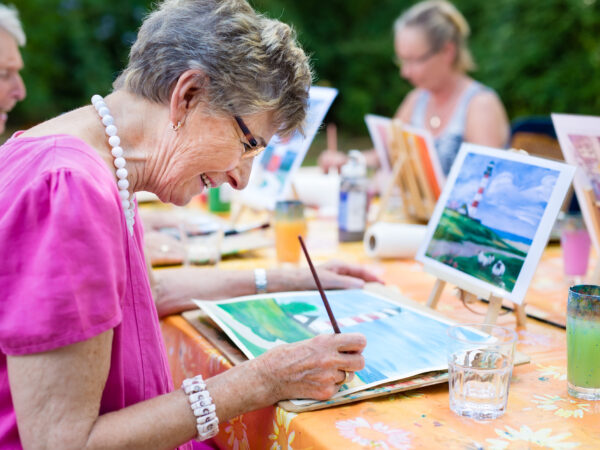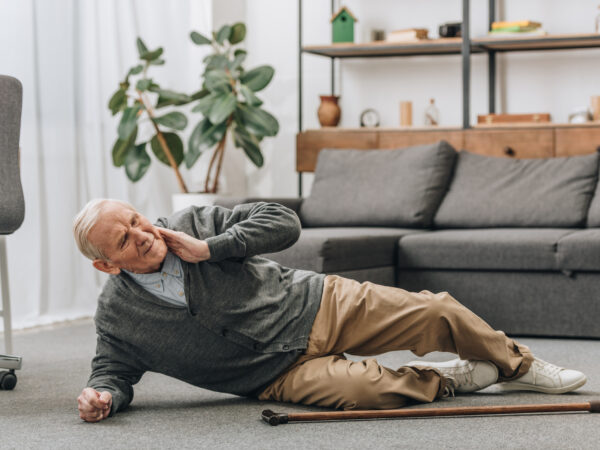It’s nearly back-to-school time and parents and grandparents are starting to think about new class supplies, sweater weather, fall meals and yes, lice. Whenever a group of children gather in close quarters, it seems an outbreak of lice will follow and the same is true for seniors living in retirement homes, especially if they have regular close contact with young children or caregivers who are exposed.
And just because older adults may have thinning hair, that doesn’t exclude them from the risk of head lice. Lice can thrive on just 1/4 of an inch of hair and because most people aren’t expecting head lice among seniors, an infestation can go unnoticed until it the case becomes severe and possibly widespread among the other residents. An itchy scalp warrants a closer inspection no matter what the age.
With the advent of “super lice” that have become resistant to the insecticides commonly used to kill lice, hand-picking nits may still be the most effective way to remove them from the hair. In fact lice-busting boutiques and services are cropping up across the United States and Canada to combat lice infestations without using potentially dangerous medications. Elderly adults with thinning and delicate skin can be more sensitive to harsh chemicals as well as the symptoms of a lice outbreak. A bacterial infection can sometimes occur as a result of scratching.
In addition to treating the individual with an active infestation, all bedding, hats, scarves, clothing and towels should be machine washed in hot water and put in a hot dryer to kill any lice or eggs. Things that cannot be washed should be dry-cleaned or placed in a sealed plastic bag for two weeks. Floors and furniture should be vacuumed thoroughly to pick up any hairs with nits still attached.
Contracting head lice is not a result of poor hygiene, in fact lice are better able to cling to clean hair than dirty or greasy strands. Lice is spread most often by close person-to-person contact, sharing clothing or lying on a bed or couch that has recently be used by an infested person.
To learn more about head lice, visit the Centers for Disease Control and Prevention website by following this link.






Add Your Voice
0 Comments
Join the Discussion